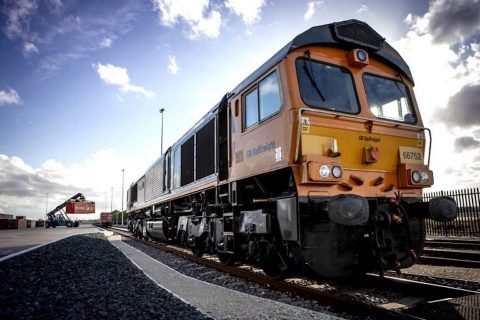Almost all railways in US operate positive train control

The vast majority of the main freight railroads in the US are operating positive train control (PTC) today: 83,2 per cent of the required Class I PTC route miles. This was concluded by the Association of American Railroads.
With this progress, the Class I railroads met the 2018 statutory requirements and are well on their way to meeting the final deadline for full implementation and validation of PTC, which is on 31 December 2020. PTC is an advanced system used in the US to automatically stop a train before certain accidents occur.
Testing
Over the next two years, the Class I railroads will focus on testing to ensure that PTC systems are fully interoperable and work seamlessly across operations as railroads regularly run across each other’s tracks. “Each day, the freight railroads expand PTC operations, further reducing the risk of accidents on the nation’s rail network”, said AAR President and CEO Ian Jefferies.
“By the end of 2018, the Class I railroads had installed and were operating PTC on the vast majority of their required networks, met all other statutory PTC requirements and remained on track to fully implement this critical safety technology by the final 2020 deadline. The railroads’ commitment to safety is unwavering, and this industry is proud of its accomplishments in this immense undertaking.”
Network coverage
As of 31 December 2018, the Class I railroads had invested 10.5 billion US Dollars (9.3 million Euros) in the development, installation and implementation of PTC. The technology was operative across 44,695 miles (71,929 km) of their 53,732 miles (86,473 km) of PTC required track.
All seven railroads also had 100 per cent of the necessary wayside, back office and locomotive hardware installed; had all spectrum in place; and completed all necessary employee training as required by the law.





